Fond du Lac, Wis.
The snow stopped. The sun actually rose under glorious high pressure after two solid days of blizzard that left Central Wisconsin under almost 2 feet of snow. My Thursday, Feb. 3, started with a call from a friend that Wisconsin & Southern was buried, and after a weekend full of snow, they were going to run their spreader, clearing several lines radiating out of their Horicon Terminal. This was a no brainer. I was so excited and in a hurry to get ahead of the action, I split leaving my HD cam, which I sorely regret.
A quick call to my friends at the “Wissor” revealed the Cambria Subdivision was to be the first to do. The Cambria line heads straight west out of Horicon 20 miles out in far western Dodge County, rumors of extreme drifting on local radio was good news. It wasn’t till I got out there that I found out how extreme the drifting was.
It’s a quick drive down a four-lane highway, which seemed clear enough for me, to be there in 20 minutes. I staked out a spot in Minnesota Junction, which is really just outside of the yard. I was unprepared to see 10 feet piled on the main. I could hear they hadn’t left yet, so I started planning my route, on my DeLorme atlas.This was going to be great!. It was only minutes and I could see the rooster-tail of snow flying off to the east. At 30 mph, two MP15ACs pushing Jordan WSOX 9 made a fine sight in my viewfinder. Lucky for me the Jordan’s wing froze up, so they had to stop after blasting by. First impression? Amazing, but I could see this wasn’t going to be easy keeping up.
My style of shooting is best characterized as “smash and grab,” which is pretty self-explanatory. It was time to roll! A couple quick run-bys in the Beaver Dam area and east of Randolph, netted some decent images. In the early ’90s I was a trainman over here, and worked this line quite often. Cemetery Road, which is located west of Randolph, has always been taboo to the crews and railroad. It crosses the W&S main at a very shallow angle and because of it’s geography, has seen the demise of many motorists- trying to beat the train. I know this, but I’m now starting to notice how bad the drifting is becoming as we approach the crossing. At points, the road is barely vehicle-wide due to minimal efforts by residents to open the road temporarily, with cuts in places 15 feet high!
As I approached the crossing I was just a bit behind the plow job. I was going to have to let this guy by first, and use every bit of road ahead to get my next shot. I’m rocketing along in the deep cut approaching the crossing neck and neck, the plow job clears, but not before they deposit a generous helping of snow in my path, blocking the cut. I’m already driving thru at roughly 50 mph. Too late! I was committed. BOOOM!
My kids would have been impressed .Like the Dukes of Hazard, I swore I got air! Lucky for me, my momentum kept the “Mazda-radi” moving forward, and I settled back down in the snow cut road ahead, using the snow like a track and I was able to get him twice more before the end of the line. Rumors of being a bit behind a Canadian Pacific job, using a set of BNSF SD70MACs to clear the sleepy M&P line, sped me off on a continuing adventure, and all around memorable day shooting that I won’t soon forget.
Eagan, Minn.
Winter railroading in the Upper Midwest brings many iconic images to mind to photographers like myself: steaming taconite trains on the Missabe, red Soo Line SD60s contrasting with the ice of the Mississippi, brooms for clearing snow-packed switches stuck on the short hoods. But when it comes to “foaming” on the frozen tundra, nothing’s more exciting than snow-fighting operations. When I heard BNSF would be deploying a rotary to clear a line in western Minnesota and eastern South Dakota, I knew I’d be burning at least 8 hours of paid time off.
The morning of Feb. 8, Dan Kwarciany and I, both avid train buffs, suited up in our warmest gear and headed west out of the Twin Cities. Our destination was LaBolt, S.D., a small prairie town built around a grain elevator, roughly an hour away from any place I had ever heard of before. As the four hours passed on our way there, it became more apparent as to why a locomotive sized snow blower was needed that day: gusty winds, powdery snow, and wide-open spaces were conspiring to create a ground blizzard, a bizarre metrological phenomenon where you experience white-out conditions around the horizon under clear, blue skies. Neither of us had ever seen anything like it before.
Regardless of the weather, I was having a tough time seeing much of anything, as I had come down with a case of pinkeye the night before. Normally this would have kept me home until I was no longer a threat to anyone’s health or sensibilities, but this was the biggest big game a train hunter can pursue! In order to stay pertinent to any future write-up, Dan mentioned he was feeling a bit under the queasy as we arrived in LaBolt, where the rotary had tied down for the night.
After chatting with one of the BNSF guys who was tending to the equipment and learning that a crew wouldn’t be ready for a couple of hours, Dan and I did a bit of scouting to see where the best shots would be. Initially discouraged by impassible drifts across the road, we eventually managed to make it to the first grade crossing, where several feet of snow were piled across the tracks. Satisfied with the location, we returned to LaBolt to wait for the fresh crew.
As we rolled back into town, Dan revealed that he was still feeling pretty queasy, and that he needed to step outside of the car for a moment. It was the first time either of us had literally foamed while trackside.
The rotary finally got rolling a few minutes past noon, three short hours after we had arrived in town. After grabbing a few backlit photos as it departed, we hightailed it back to the grade crossing we had scouted earlier, and anxiously awaited the money shot. Forty-five minutes passed as the plow worked the five miles to our location. As it inched closer, the torrent of snow it was pumping into the 35-mph wind made for a hell of a photo.
We got back in the Impala and headed for the next photo op, which would be a broadside a mile or so down the road. As we waited 20 minutes for the train to reappear, Dan’s condition continued to worsen, and he opted to stay curled up in the back seat as I bagged several photos of it blasting through another drift. It was a bad time for him to be experiencing the most acute stomach pain of his life. We headed another mile down the road and caught a few mediocre images of them crossing a highway.
We got out ahead of them again, and were setting up for photos near a picturesque grain elevator in Stockholm, S.D., when we heard bad news on the scanner; something was wrong with the rotary.
We returned to the highway and discovered that the primary blades, which chop into the snow, had broken off and been thrown into a field along the tracks. After mulling around and getting a few documentation shots as the crew worked to stabilize everything for the return trip to the shops, we realized that the show was over, and it was time to head for home.
It was unfortunate that we drove 400 miles over 14 hours for photos in four locations along 7 miles of right of way, but it was an amazing privilege to be in place to witness what was surely the most spectacular display of railroading on the planet that day.
Shoreview, Minn.
I began taking slides of trains back in 1972, and ever since then I had hoped to catch a rotary snowplow in action. Little did I know that when I finally starting photographing rotaries, it would prove to be a shattering experience.
The 1970s and ’80s passed with nary a chance to catch a rotary, but opportunity finally knocked in January 1997. I learned that a rotary would run on the former Milwaukee Road mainline in South Dakota, and I was in western Minnesota, but had to return to the Twin Cities. I missed the rotary by one day! Later that month came another chance. A rotary was going to be plowing out BNSF’s ex-Great Northern branch between Appleton, Minn., and Watertown, S.D. I headed out early in the morning to find the rotary, only to learn that it had worked all night and was tied up by daylight. Another miss!
I didn’t get another chance until December 2009. On a trip to see my mother-in-law in Nebraska, I learned a rotary would be working the BNSF branch between Aurora and Hastings, Neb. Friends Chris Guss and Craig Williams came out from Illinois and Iowa respectively, and we bagged a rotary under clear blue skies. Now I was finally a member of the “rotary club.” But I wanted more.
That opportunity presented itself on Feb. 7, 2011, when BNSF operated, or at least tried to operate, a rotary from Appleton, Minn., to Watertown, S.D. – the same line I’d tried to catch a rotary on 14 years earlier. Jerry Huddleston, Mark Lynn, and myself got up early to drive from the Twin Cities to Appleton, anxious for some rotary action. We were there first thing in the morning, and soon the crew showed up. Unfortunately, they had not been shown how to hook up the rotary to power it from the diesel, and burned up several hours of daylight trying to get everything to work properly. Finally, about 1 p.m., the plow extra rolled west with us in hot pursuit.
One of the reasons rotaries are hard to catch in action is that, when they do operate, it’s usually under the most extreme conditions. On this day, large snowdrifts blocked several roads, so we had to photograph the rotary where we could. This usually meant catching it in small towns, but there wasn’t much snow to be thrown at these locations.
Finally, just east of Nassau, Minn., almost on the South Dakota border, there was a pretty big drift near a road crossing. We set up for a shot with my 2008 Saturn SUV parked on the south side of the tracks – the same direction the rotary was throwing snow. As it turned out, this was not a wise decision.
As the rotary approached the crossing, it began throwing out copious amounts of snow, and catching dramatic images of the rotary in action cheered us. Then we realized that we were set up where the plow was throwing snow. Time to bend down, cover up the cameras, and hope a chuck of ice doesn’t hit you in the head! The rotary passed by, and we were fine, but my vehicle wasn’t. It had taken a direct hit from the rotary. The hard-packed snow landed squarely on my vehicle, blowing out the windshield in the process! Mark had taken refuge by the hatchback and said the vehicle was thrown back about 2 feet. He was worried for a moment that he would be run over by a car with no driver! In addition to the windshield, the snow had put several dents in the hood of the SUV.
Well, this was a fine mess we had gotten into. We were pretty much in the middle of nowhere and my windshield was shattered. Remarkably, despite what seemed like a million cracks, it had not caved in. This was good, since we decided there was only one thing to do: We continued the chase! Mark rode shotgun, craning his neck to see the road, and using his smart phone to try to find an auto glass repair shop. Jerry rode in the back seat, taking photos of the mess and trying to see the highway as best he could. I did the driving, keeping the side windows open for a better view. Running the defrosters was an interesting experience: each time they were turned on, small pieces of glass came shooting out, and even today, some glass shards come out of my defrosters on occasion.
Luckily, rotaries don’t travel very fast, and we were able to keep up with it, much to the amusement of the train crew and maintenance workers who were following along. The plow only got a couple of miles into South Dakota when it broke down, with the crew ultimately calling it a day where it had stopped. When we pulled up to see what was happening, the engineer climbed down and took a picture of my car. Turnabout is fair play!
As it happened, the closest glass shop was in Willmar, Minn., about 80 miles from where the rotary stopped. Luckily, Jerry had driven to Appleton separately, so we drove — slowly — back to Appleton, then on to Willmar with Jerry using his car as our “eyes” as darkness fell. I ended up spending the night at a hotel near the auto glass shop in Willmar, while Jerry and Mark headed back to the Twin Cities.
The next morning, my vehicle got a new windshield, and I figured since I had come this far, rather than going home, I might as well head west to see if I could catch up with the plow. Two other friends from the Twin Cities, Dan Kwarciany and Nick Benson, had gotten an early start and were also trying to intercept the rotary, which got a late start.
As fate would have it, Nick and Dan had gotten a couple of shots before the rotary suffered an experience similar to what had befallen my car. As it cut into a big drift east of Stockholm, S.D., the blades came loose, and ended up being thrown into a nearby field. Fortunately, no one was standing near the rotary when it had its catastrophic failure. The now toothless rotary was pulled back to a road crossing soon after I arrived on the scene. There would be no more rotary action for me, Dan, or Nick on this day, or for that matter, the rest of the winter. Eventually the rotary was towed back to Willmar, and over the summer was sent to a shop in Iowa for rebuilding.
My auto insurance covered the cost of the windshield replacement, so the expense was minimal. But each time I climb in my Saturn today, I can still see the dents in the hood, which reminds me of the moral of this story: when chasing a rotary snowplow, always park on the opposite side from where the plow is throwing snow. Unless you need a new windshield, of course!
Haverhill, Mass.
Ever since I started shooting preserved steam on a serious level, it has been one of my goals to see a steam rotary in action. With the Rio Grande survivors retired for the foreseeable future, I never thought I’d get my chance. Late in 2010, when the folks at White Pass announced a rotary run for the following spring, I pretty much figured it was now or never.
The trip was risky. It was going to be expensive, and was going to require a week of vacation, with no guarantee that there would be snow, or that the 110-plus-year-old rotary would survive the first 5 minutes of its encounter with the concrete-like drifts at White Pass. On the other hand, it was an opportunity to see North America’s last all-steam rotary plow train in some rather breathtaking scenery.
The welcome that our group of 17 attending photographers found in Skagway was a very warm one. The folks at the White Pass & Yukon took really good care of us and had planned their event extremely well. For four long days, we were able to chase the rotary by train, by bus, and on snowshoes, affording a wide variety of up-close and wide landscape images.
Shooting a working rotary is not as easy as one might think. When the plow was attacking the 10-20-foot drifts at White Pass, it was often deep in a canyon of snow, and it was very difficult to find safe places to get clean shots. Many photos from the summit on the first day depict only clouds of blowing snow and smoke. The best photos came later, after the fleet broke through White Pass and made its run toward Fraser. There, the snow depths were more like 2-3 feet, and the train was moving right along. The chase made me glad I’ve been a runner for the past 20 years. Staying ahead of the rotary on snowshoes was a serious workout.
The event was not without hazards. The deep snow got very soft in the afternoons, and one could sink in rather suddenly, even on snowshoes. I once sank in up to my chest and was literally helpless and unable to move. Fortunately, the railroad had a small army of folks who were there to watch over us, and one of them was able to dig me out. The snow being thrown by the rotary might have looked soft and fluffy, but in reality, it was like concrete. The discharge plume was dangerous, often out to 100 feet or more, and the direction could change in short order if deemed necessary by the rotary pilot. One had to constantly be thinking about safe escape routes.
When the operation had been completed, the railroad hosted a beer and wine reception, so the photographers and the railroad crews could share the photos of the event and talk trains. It was a great way to cap off a historic event in which the White Pass crew worked their 110 year-old machine as hard as it ever worked back in the day, and both man and machine performed flawlessly.
Yuba City, Calif.
Trying to catch UP’s snow-fighting equipment working on Donner is a real challenge due to the almost total inaccessibility of the railroad in the winter. There is only one open grade crossing, located at Soda Springs, and parking is a major problem if you don’t want your car either buried by a plow or towed away while you are out taking photos. Fortunately there are a few places where you can leave your car in the Soda Springs area. Don’t even bother if you don’t own snowshoes, as you may find yourself waist deep in snow after your first step. Even with snowshoes, it can be an arduous endeavor to get to your location. By the end of March, when the rotaries ran, there was 18 feet of snow on the ground at the summit!
During actual storms, when the flangers are running, you just need to get trackside, as often, you can’t see a great distance through the heavy snowfall, so everywhere pretty much looks the same. When the spreaders run, it may be after the storm, or the next storm may have already rolled in and it will be snowing again. There are several good locations in the Soda Springs-Norden area to photograph the spreaders at work.
The next challenge is to simply get up there. Unfortunately, here in California there are tons of people driving on snow-covered roads who should never be there. I own a large Ford E-350 van, which has been highly modified with a four-wheel-drive package. There are way too many people who come up to the Sierra winter totally unprepared. I always have plenty of food and sleeping bags in case I should encounter problems. I can spend several days in my van and be ok.
This past winter’s attempts to shoot the rotary operations were pretty much total frustration. On the first day, March 25, they left Colfax at around 1 p.m. and didn’t get into heavy plowing until above Baxter, where the last accessibility was. Due to the heavy, wet snow and lack of experience running the rotary, the going was incredibly slow. They made it to Blue Canon just after dark, and night shots were attempted. After they plowed all night, they finally made it up to Shed 10, where there was a huge slide the previous day that buried a flanger.
Several of us snow-shoed west from Soda Springs, and spent hours waiting in a major blizzard before the rotary finally arrived at 16:45. The blizzard was so bad that it was tough to really see and photograph the rotary. Then it was off to Norden, 2 miles east, to snowshoe in again for one more blizzard shot of the rotary, which was again pretty disappointing. The rotary finally made it to Truckee at 9 that night, and night shots were accomplished. It had taken 32 hours to plow 65 miles!
The next day, March 27, after all kinds of problems up on the mountain with more snow and spreaders stuck, the rotary left Truckee at 5:30 p.m., and a somewhat decent photo was taken with light plowing at Rocky Point, just west of town. I drove over to Emigrant Gap and crashed in the van, and was awakened the next morning as the rotary arrived at 6:20. I got a decent shot Blue Canon before the rotary headed for Roseville.
I went back to Truckee with hopes of catching the second rotary that had derailed at Cisco, which had been taken over in Truckee. The plan was to bring it out and work west. By now the storms had subsided, the sun was making an appearance, and things were looking good. But our hopes were dashed that afternoon when the spreader leading the rotary out of Truckee derailed, fouling both tracks. This was total frustration! After four days, not a single good action shot of the rotary was on film, and I had had enough. I headed for home.
West St. Paul, Minn.
It seems like every time I chase a plow it’s an adventure. This trip was no different. I started out in Albert Lea, and I knew by the time I got down there, they were on duty already out of Austin, but didn’t know how far they’d made it. I figured I’d start checking the tracks to see if they were cleared. The flangeways in town were rather clear, but I couldn’t decide if that was from the plow train or the regular manifest the night day/night before. It was really tough to determine if they had gone through, as plows were still clearing the roads, so there were a few snowbanks across the tracks. So to be on the safe side, I drove west. I got just west of town and found a couple of drifts that I knew couldn’t have been formed in just a couple of hours, so I was fairly confident they hadn’t been through there.
I started heading east on Route 46, which follows the tracks pretty well. I got to Hollandale Junction, and the scanner crackled to life. The good thing about plow trains they have to communicate with maintenance-of-way crews following the train by road. There were a lot of major drifts to work through east of Albert Lea, and the crews took it easy through the majority of them, doing about 10 mph with the wings out.
Around lunchtime they made it into Albert Lea, and by then, fellow railfan Nick Benson had arrived from the Twin Cities and joined the chase with me. After clearing town, the train picked up speed, doing about 25 mph through a lot of the smaller drifts. When they reached the bigger snowdrifts, they would slow again and use the wings to push back the snow.
As cool as it was to see the wings out pushing big piles of snow, I found the smaller drifts with the wings closed much more impressive to watch and photograph. There were several of these smaller drifts between Alden and Wells. It was also between these two spots that I almost didn’t get the shot in TRAINS. In a hurry to get to his photo spot, Nick had gotten his car stuck in the ditch at one of the grade crossings west of Alden. I was set up at a different location west of him, and after shooting the train, I hopped back in the car to continue the chase. As I was driving I received a phone call from him about his situation. As bad as I wanted to get the next shot, I knew I couldn’t leave him behind. I turned around to try and help. I jumped out of my car and told him to floor it in reverse, then I started pushing on the front. Luckily, he wasn’t trapped too deeply, and I was able to push him out in just a couple minutes. The chase was back on! It didn’t take long to catch up to the train, as I could do 60 mph easily on the highway. The main roads were in pretty decent shape, which is a rarity with plow trains.
Typically I don’t take a lot of shots on the wrong side of the tracks, but Route 109 follows on the north side. After shooting them at the previous crossing with the sun at my back, I got ahead of them and found an awesome drift near Baroda. Unfortunately, there weren’t any crossings nearby to cross the tracks. So I pulled over to the shoulder and hopped out, running through knee-high snow to get in position. This drift was arguably the best one of the day. I find it hard to determine how good the drift will be, as the wind does a good job of making things level. When the train was about halfway through, I could tell this was going to be a good one, as the snow started getting higher and higher, and eventually covered the entire train. After they cleared, I was left in a cloud of snow. I raced back to the car and continued west. The chase would continue into Wells and beyond, but would end short of a perfect day as they would run into mechanical trouble with one of the wings. It took a couple hours before they would start moving again; by then, the sun was nearly gone. The crew decided they would head west to Delavan to park and get the plow fixed. Overall, it was another successful day chasing a plow train.
Atlanta, Ill.
Severe weather always receives heavy photo play in the newspaper where I work, The Pantagraph. Among one of the perks of assisting my photoeditor is self-assigning daily story ideas. An email from a Canadian National trainmaster alerted me to a wedge plow running out of Clinton, Ill., on Feb. 3. Clinton is a 20-mile trip by road that usually only takes a few minutes. This Thursday morning found my Yukon bucking snowdrifts cross-county.
I transmit my first news photo of the day, of an unoccupied vehicle up to its windshield in a snowdrift, from the warmth of the truck, although I am now frozen since discovering I have left the house without a hat. Upon arrival at Clinton, crews are working on a burned-out headlight on wedge plow No. 108053. The plow was built in the Centralia rail shops in the late 1950s, where steel was fabricated into a large, wedge-shaped “V” and married to the front of an old gondola.
The wedge plow has been called to clear drifts between Clinton and Gilman.
“I did it a few years ago and it was a wild ride,” says engineer J.D. Wright of Clinton. Wright later explains that anyone that’s operated a snow plow can tell you that most of the time you are tying the air horn down, since you cannot see past the sea of white created by hitting drifted snow.
McCleave, whose breath can be seen in the frigid morning air, climbs aboard as the crew decides to forego tracing the headlight problem and use the locomotive’s lights instead. Along Illinois Highway 54, twin GP38-2s throttles are notching out as the plow begins to dig into the first crusted snow drifts. Snow explodes up and over the plow, and the chase is on.
Nearing Farmer City, friends Pete Ruesch, Jon Roma, and Erik Coleman join the chase of the northbound plow extra. I begin hounding Ruesch, an employee of the Indiana Rail Road, on how nifty his knit Indiana Rail Road watch cap is, and soon my head is kept warm with a spare that Ruesch gifts me.
With other assignments pending in Bloomington, and stills and video that will make the front page recorded, I bid farewell to the chase crew and head for the office. “Nice hat,” says photoeditor David Proeber, as I sit down to begin editing my work.
To view the video, click here.
White River Junction, Vt.
Wintertime is always one of my favorite times of year to photograph rail activity in New England. The cold, crisp air and often depth of snow offer a different perspective to railroading. One of my favorite things to see in winter scenes when I was growing up was railroad plows moving mass amounts of snow and being pushed by locomotives. With few areas in the country possible to see such action, I’m glad that I live in New England!
The winter of 2010-2011 proved to be a good one if you like the white stuff accumulating in feet rather than inches. From December to February, storm after storm would drop anywhere from 12-20 inches of snow, and with each new accumulation, my hopes of the plows being pulled from the ready track grew more intently. Finally, by the first week in February, the little plow-equipped ballast regulators that had worked all winter long on keeping lines open met their match.
A scheduled appointment for Feb. 2, which I had in Greenfield, Mass., would wind up being canceled only after I got there. Instead of being upset about driving in the falling 20 inches of new snow, I set out to find rail action. What I came upon was an old Boston & Maine double-track plow getting ready to go to work on the Pan Am Southern, plowing eastbound toward Boston. The rails were covered with heavy snow and the plow action would be impressive on the shove east. Having plotted a few locations quickly, I set out for the first shot and began my chase of this action. A few favorite shots were had from this jaunt, one of which was the train rolling through Orange, Mass., with snow flying ahead of the Pan Am-pushed plow.
The plow season had finally begun! Next up was the call that the New England Central Railroad would be running its Jordan spreader/plow south from White River Junction, Vt., to Palmer, Mass., to open up the line on Feb. 7. I had been waiting for this move for days, and had even posted some shots of an Amtrak Vermonter train pushing snow on the New England Central main line the day before on the Internet. Alas, the time was here and thankfully with the 4×4 pickup truck and a very understanding wife, the chase would be on for some shots of snow fighting on the former Central Vermont with the former CV spreader.
Following the spreader south, there were many locations had in the chase, but one of my favorite was that of the spreader across an open field being pushed along at a good clip. The pacing shot from this voyage would be one that shows the New England Central’s battle with Mother Nature at it’s finest!
Winter 2010-2011 may be a not-so-distant memory, but the plows are already being readied to go for this year and I’ll be ready for the next round.





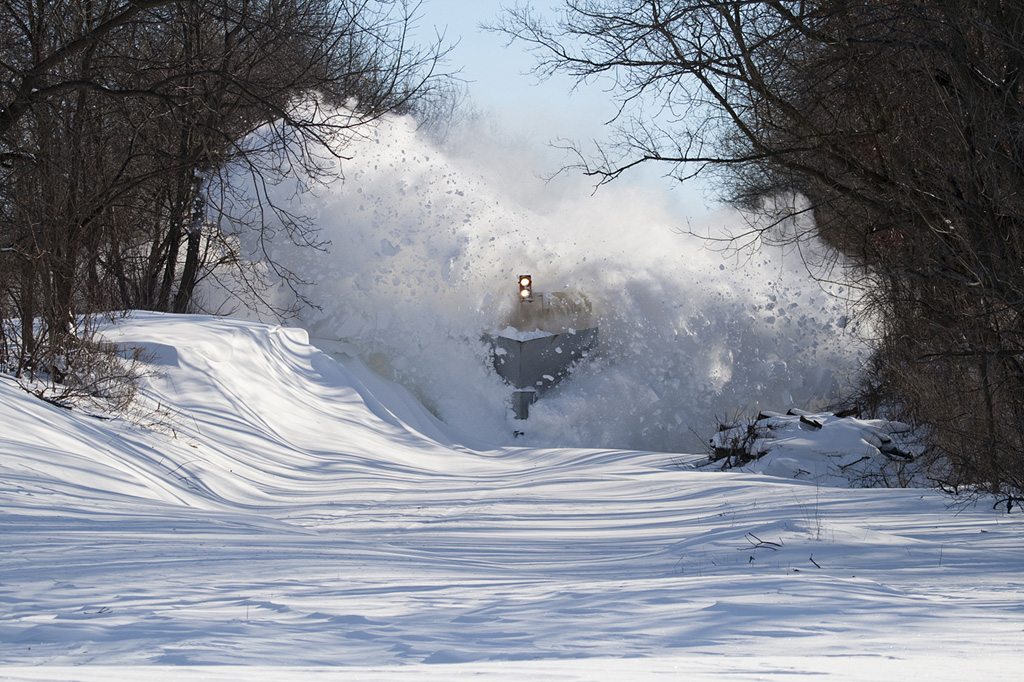

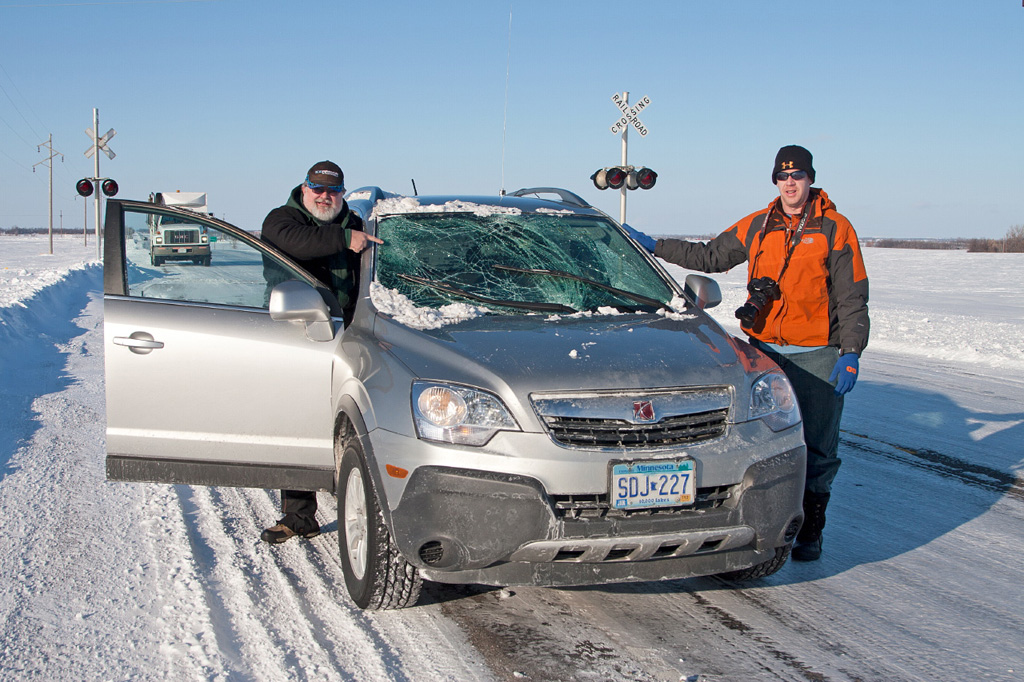
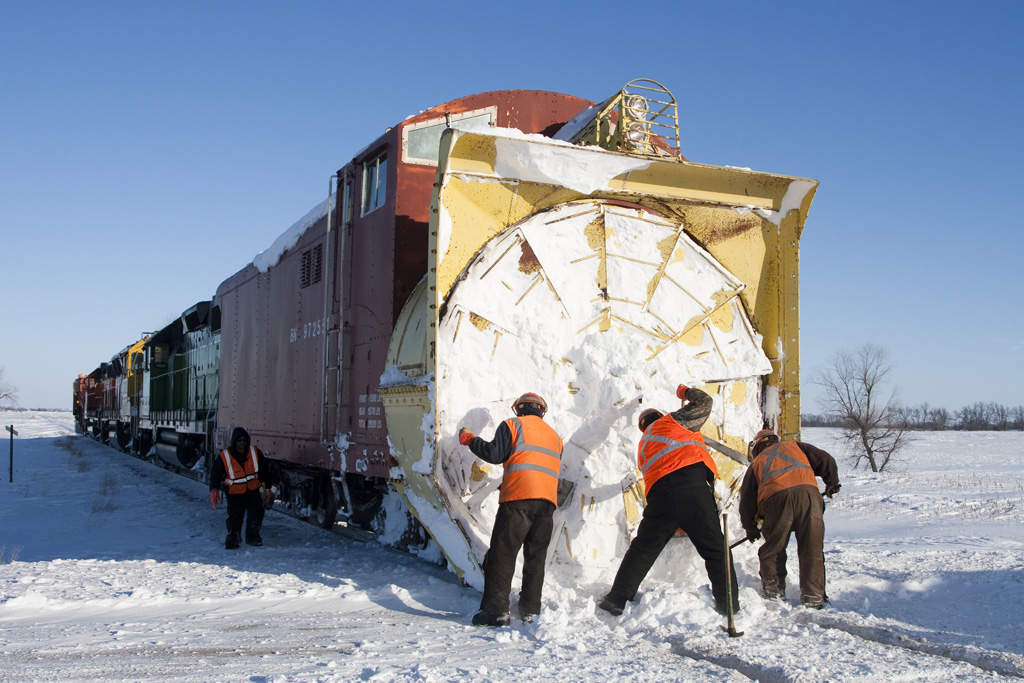
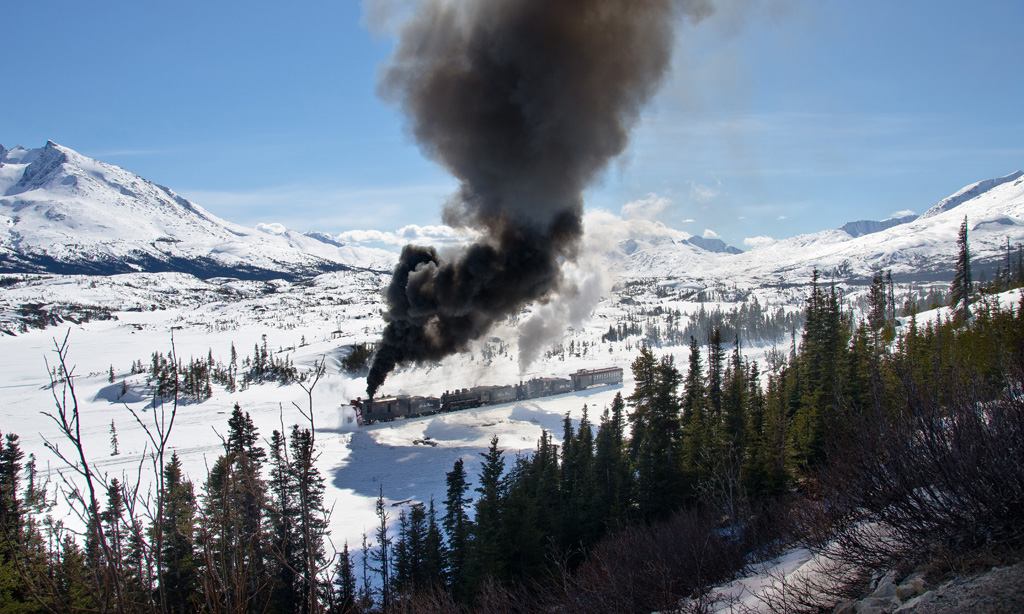
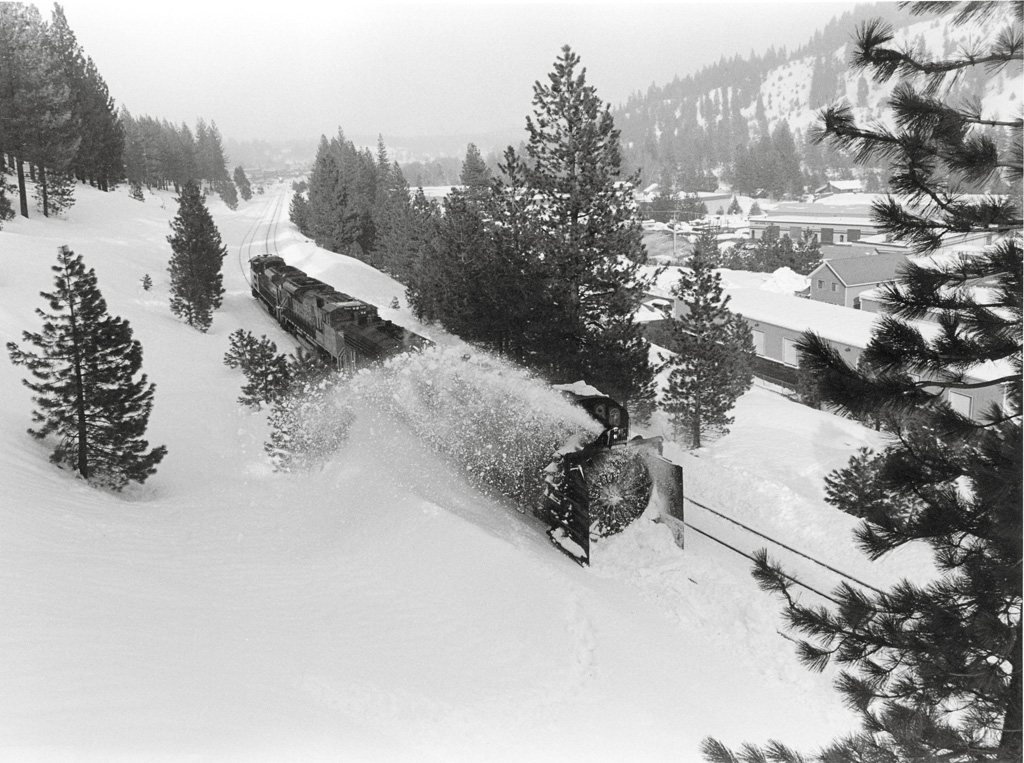
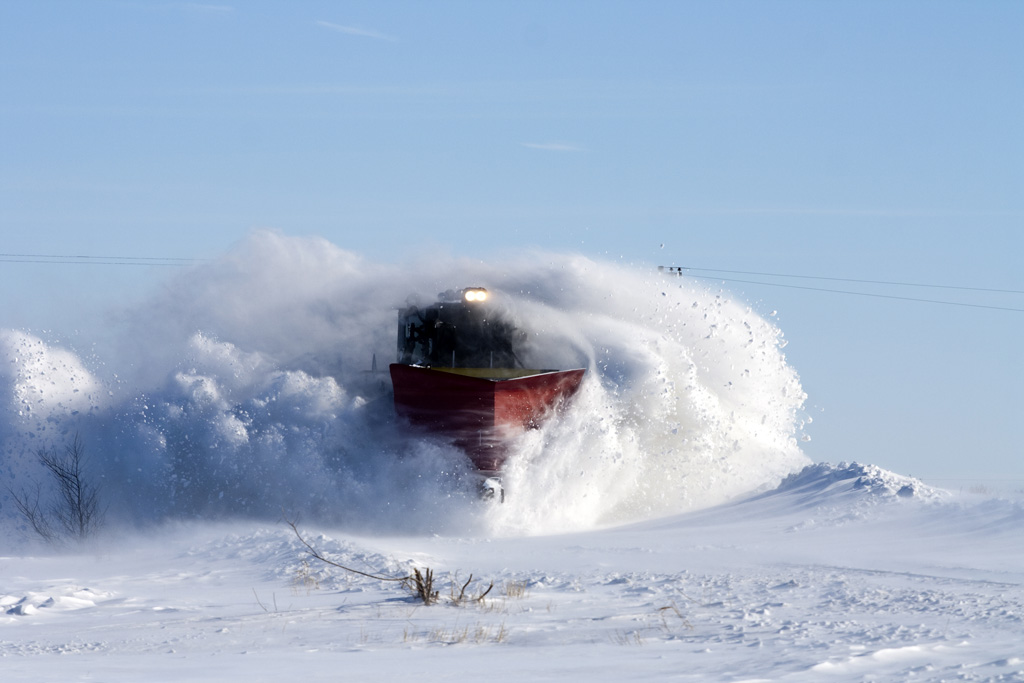
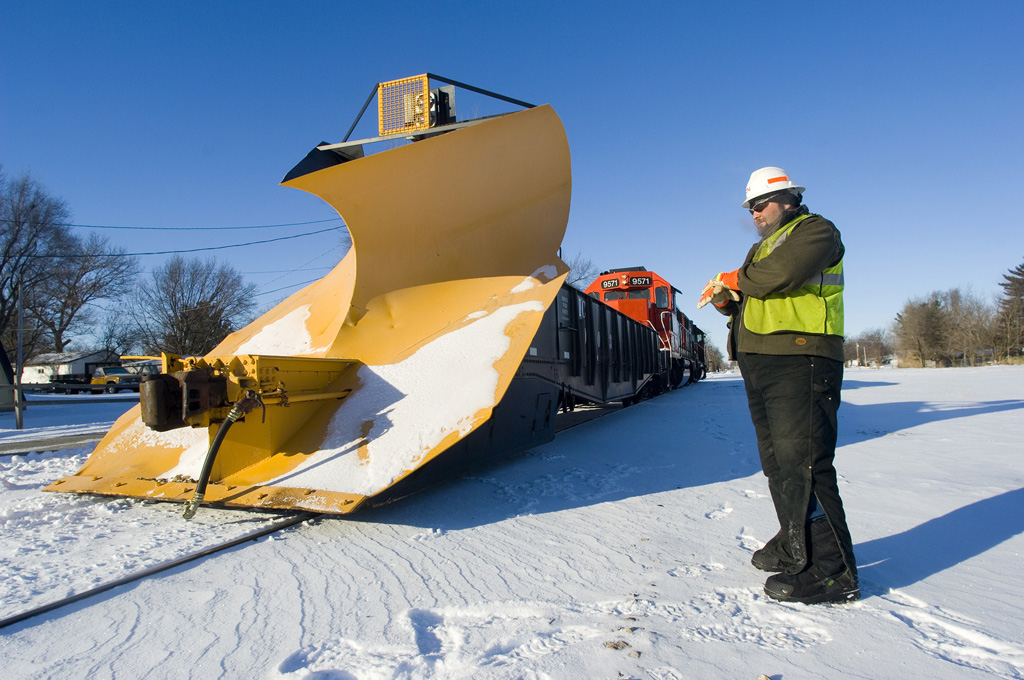
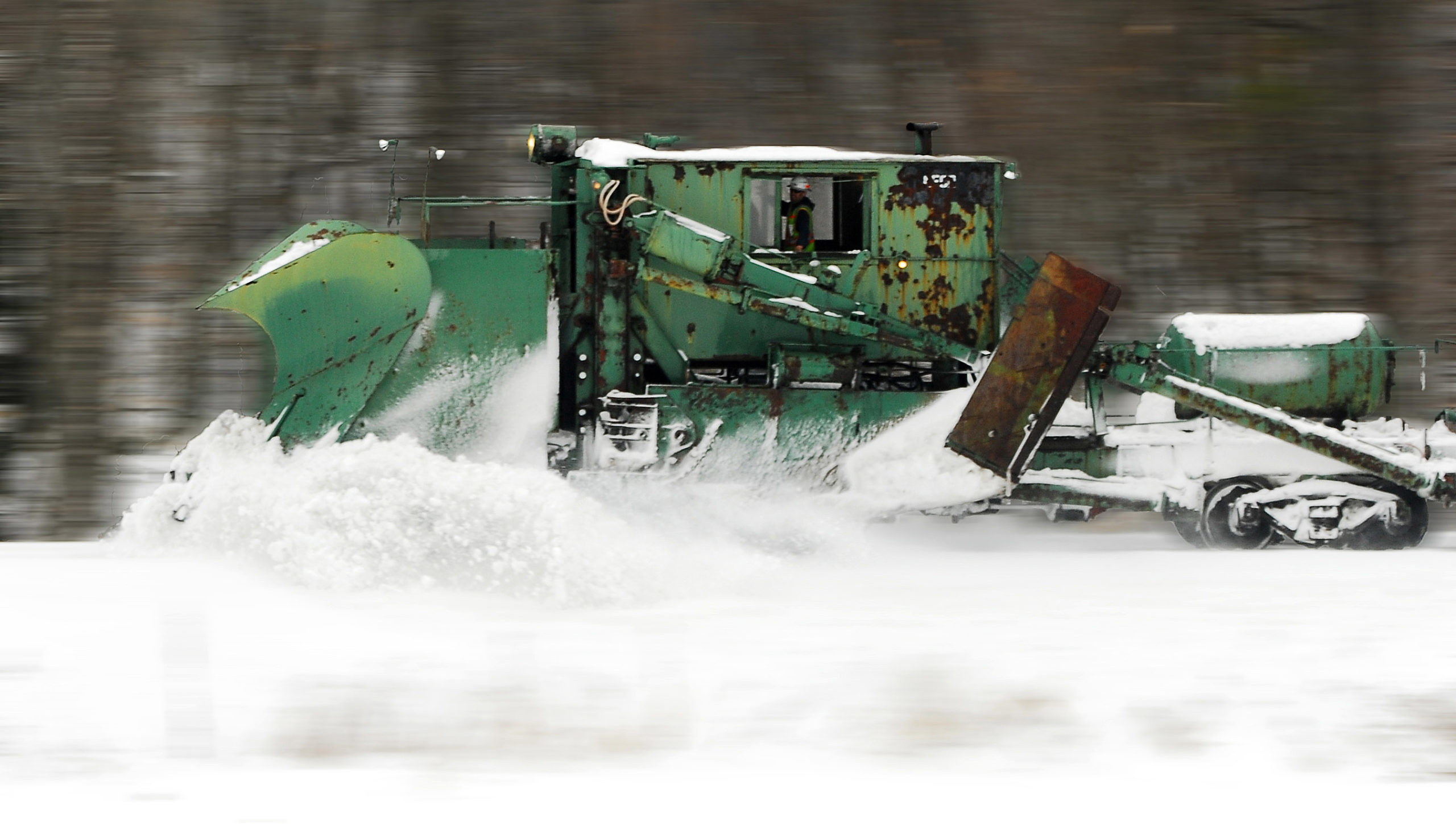

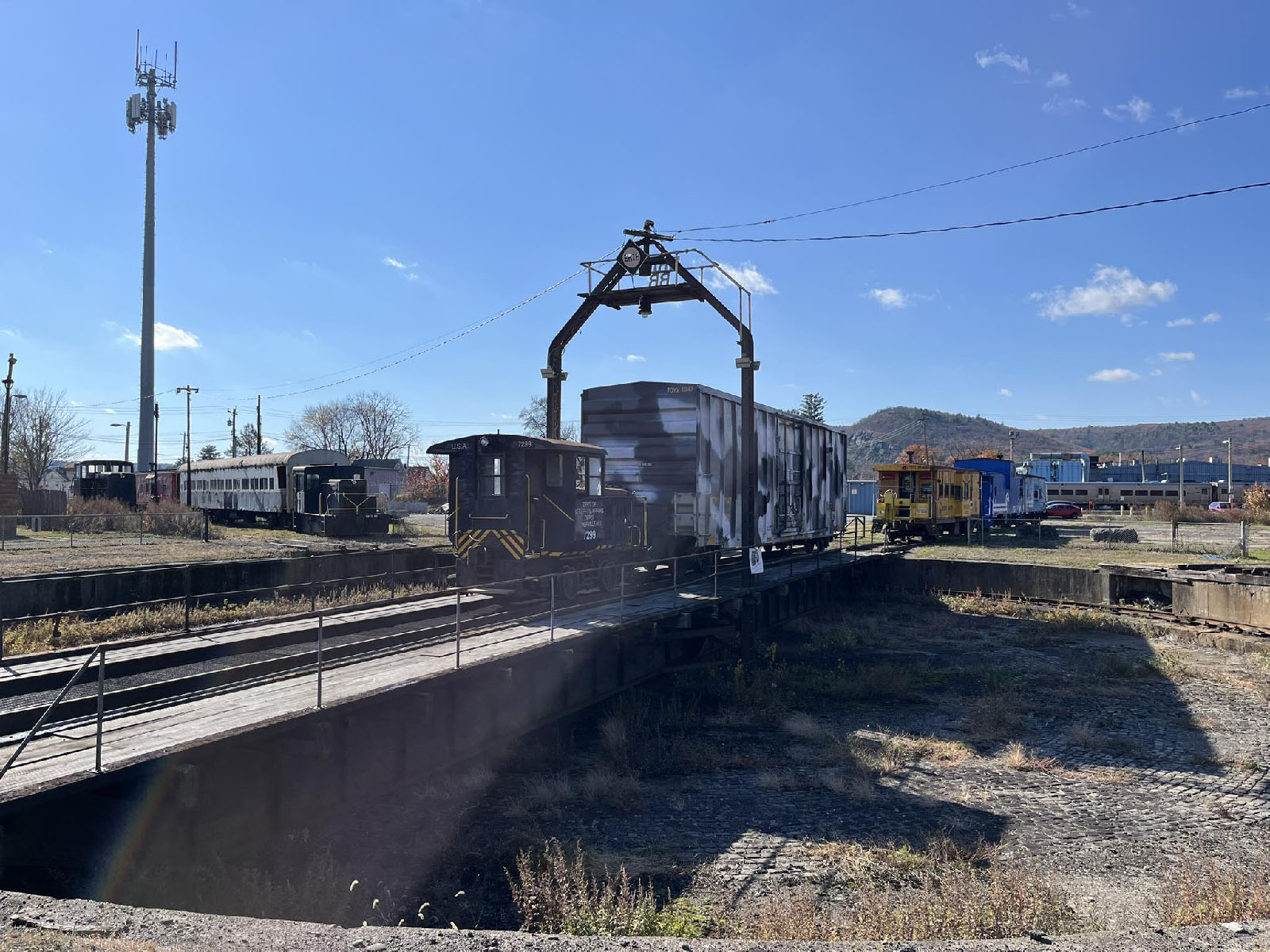
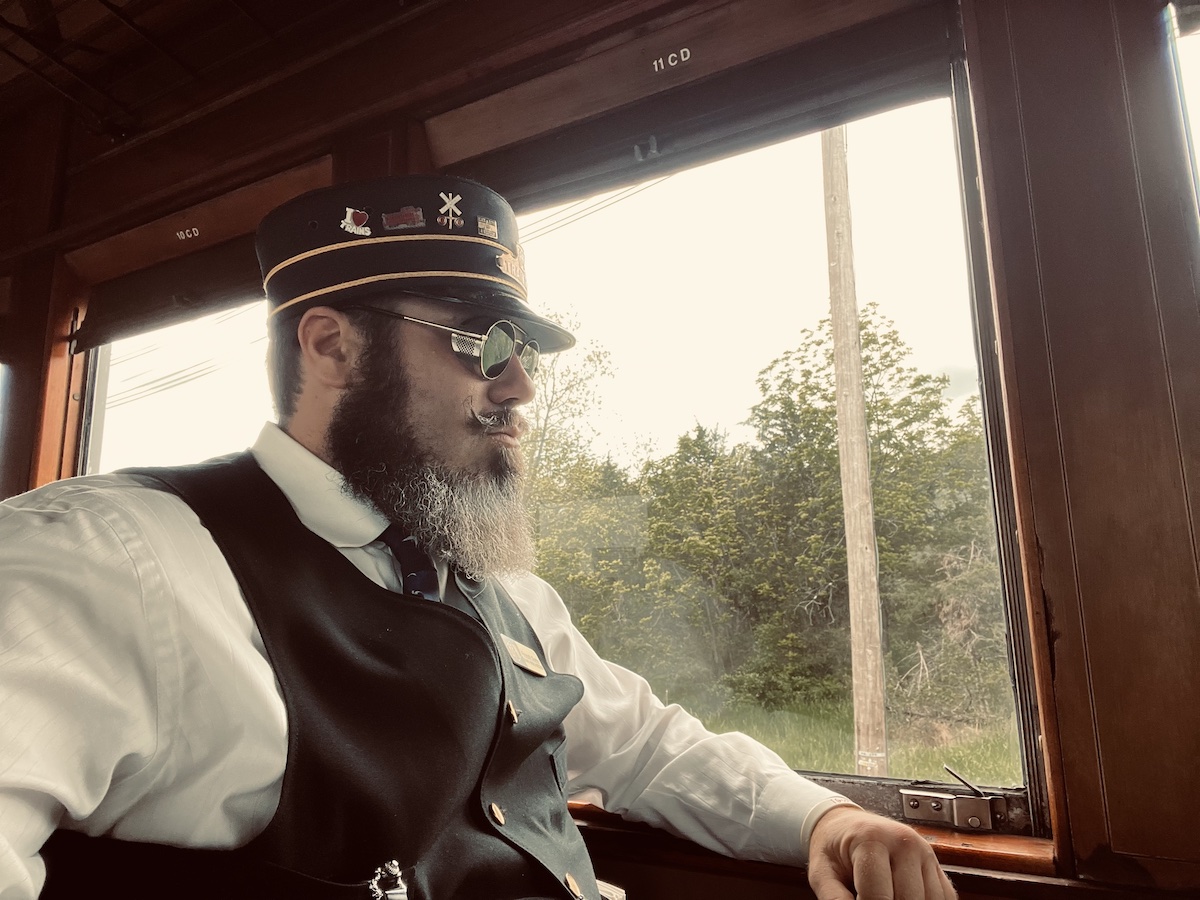
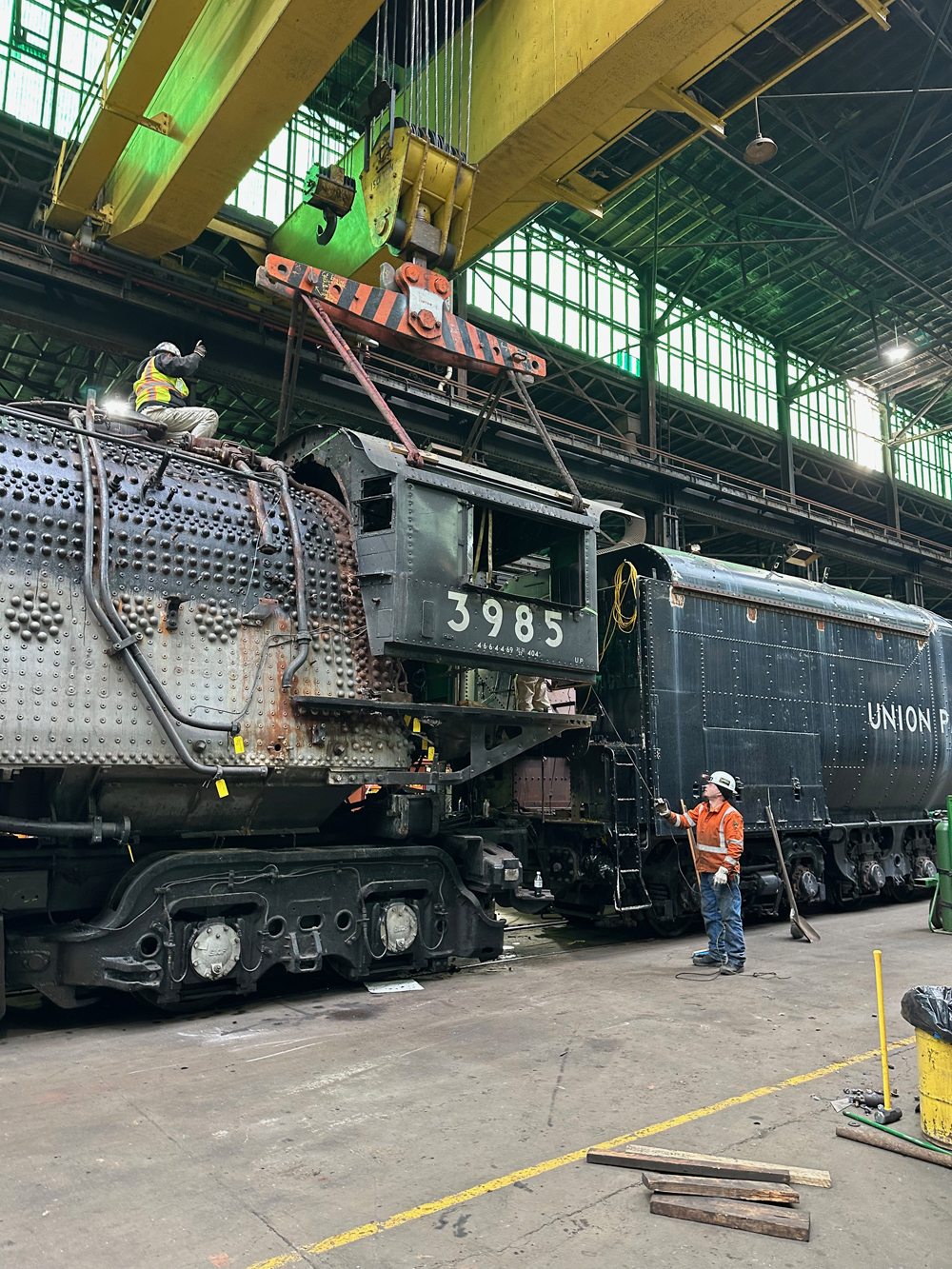
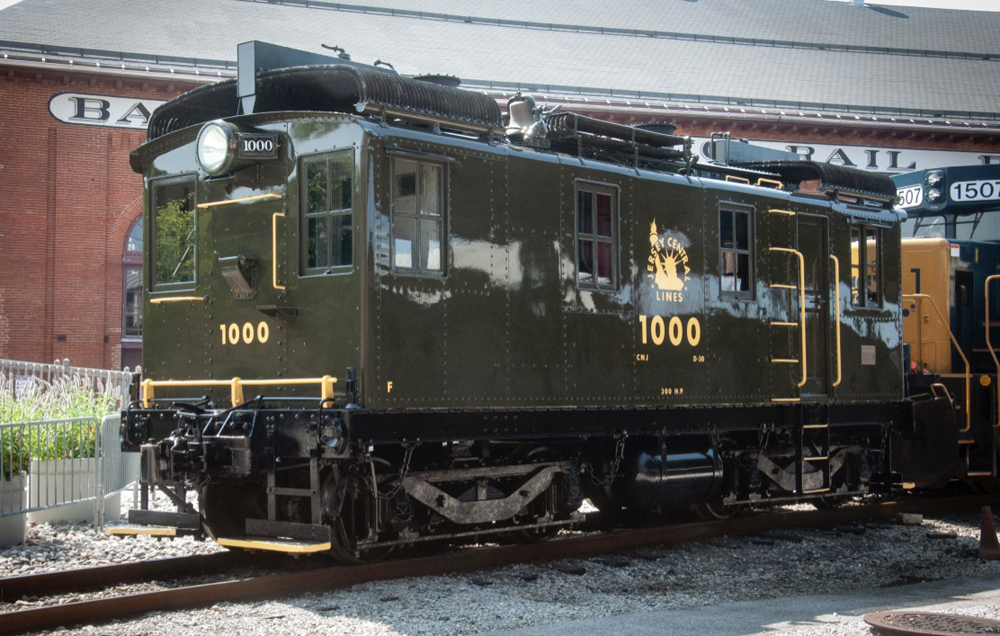




Hello, Jordan spreaders avec really neat engines, Here are some photos of a spreader belonging to CN in Quebec province
https://www.paris-montreal.fr/blog/jordan-spreader
That’s a nice snowplow blog. I will enjoy reading this post and i like to look at mine also http://www.angelos-supplies.com/